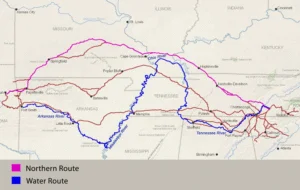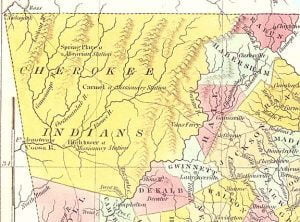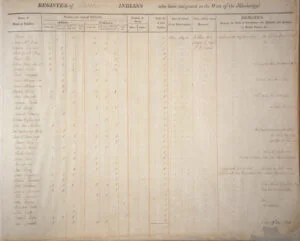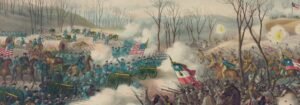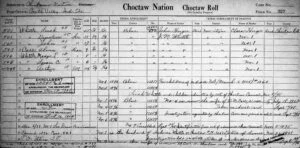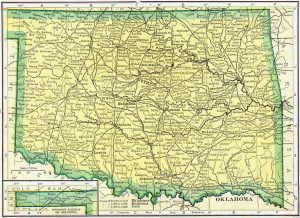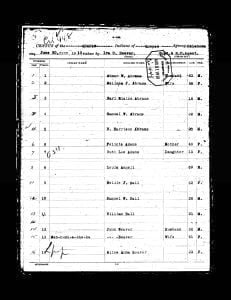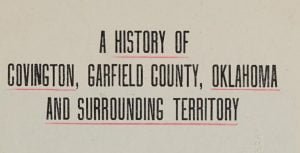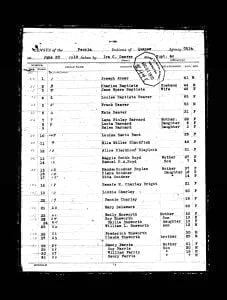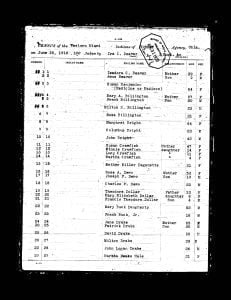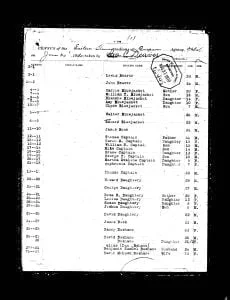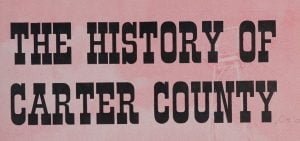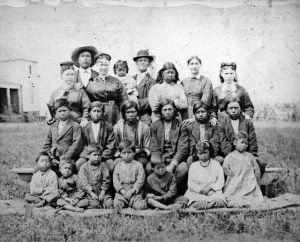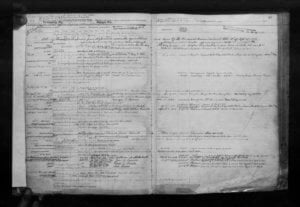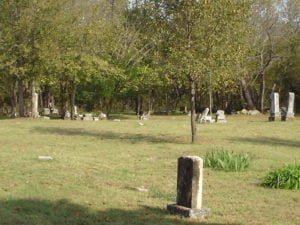Cherokee Westward Migration
From the late 18th to early 19th centuries, the Cherokee faced pressure from American expansion, prompting voluntary migrations westward before the Trail of Tears. Early attempts included a 1782 petition to Spanish authorities, leading to settlements in Missouri and Arkansas. Multiple treaties, particularly those in 1817 and 1819, formalized land exchanges and recognized divisions within the Cherokee Nation. The Emigration Rolls from 1817 to 1835 document these movements, revealing the complex responses of families as they sought refuge from encroaching settlers, leading to significant cultural and geographical shifts.

